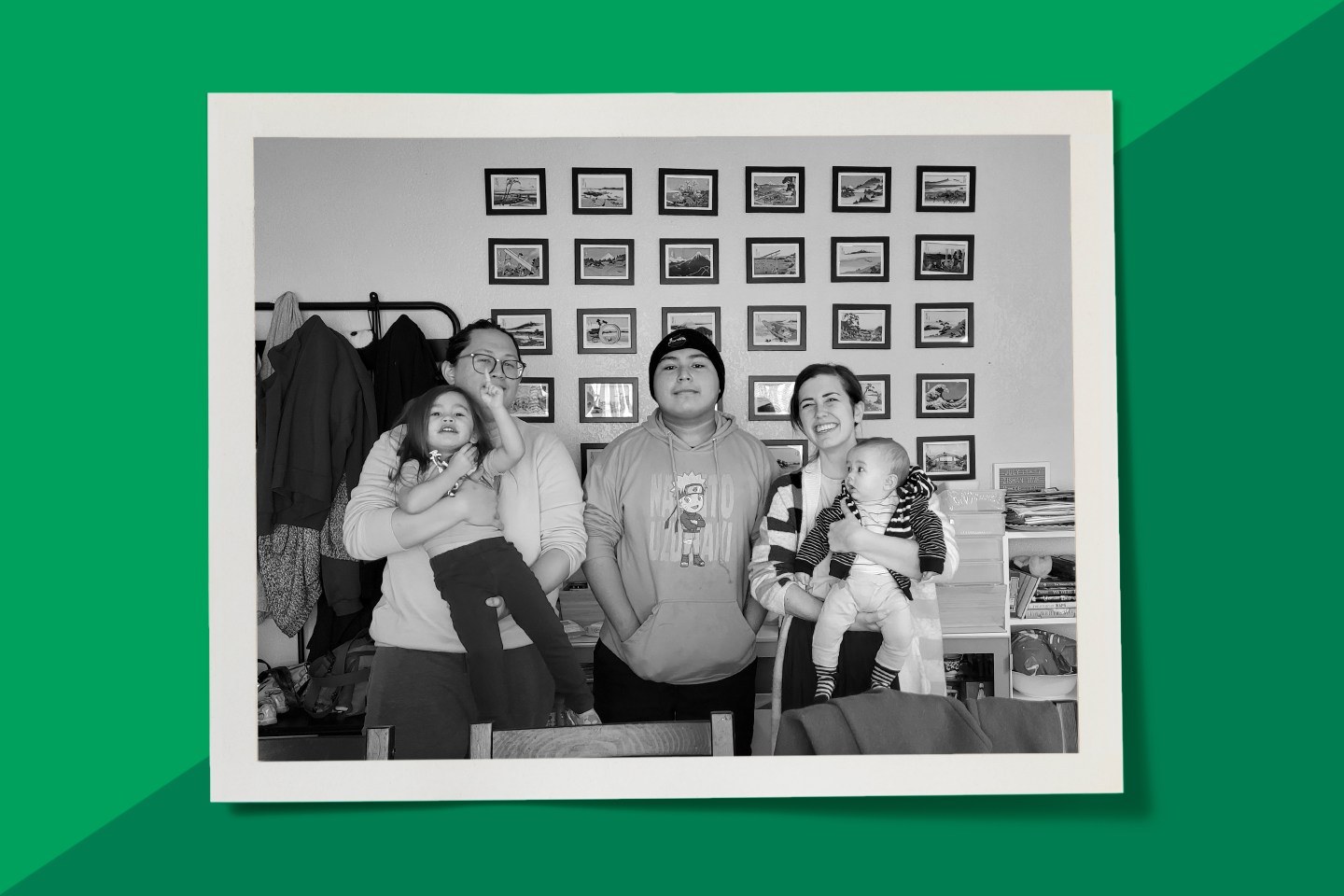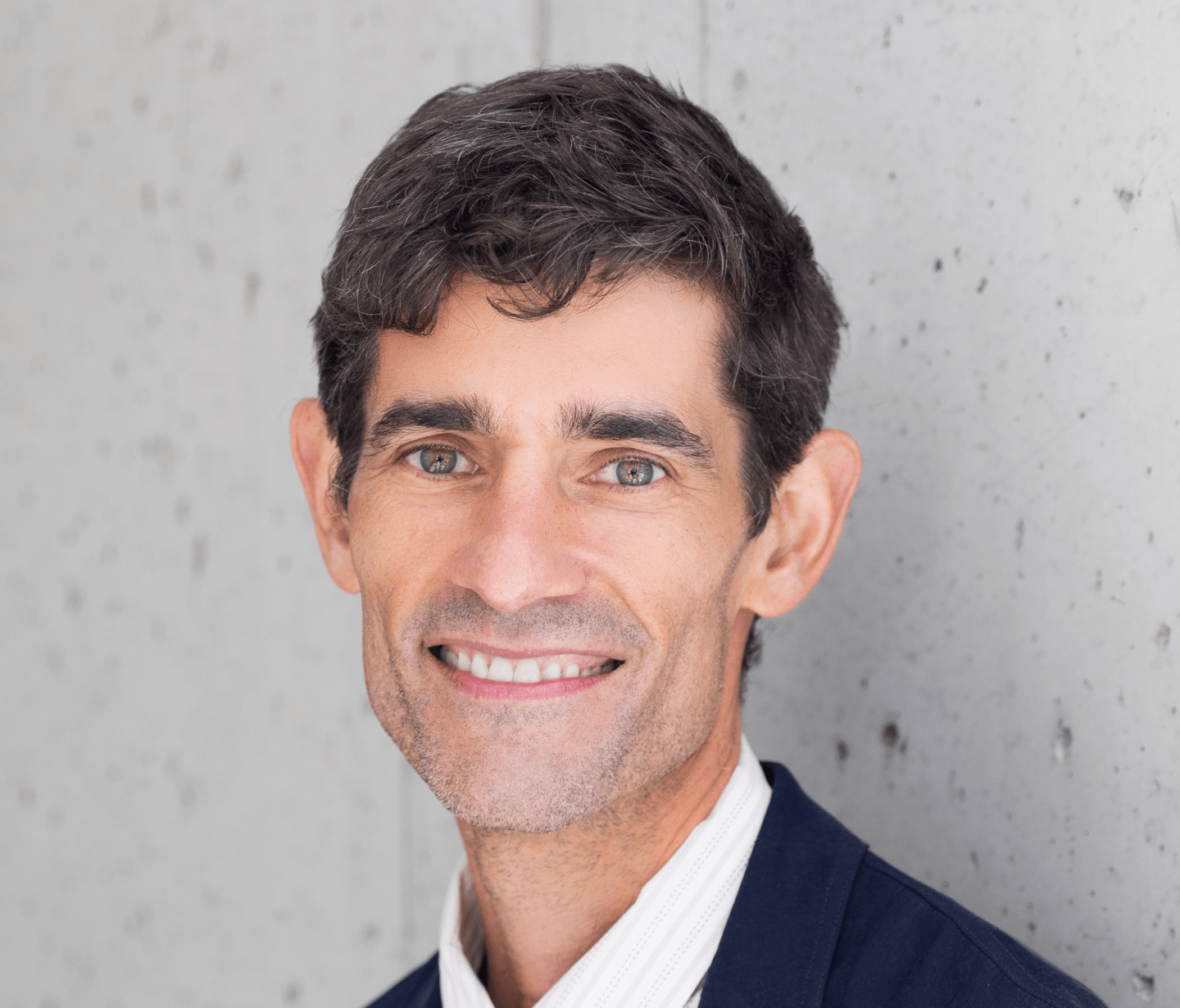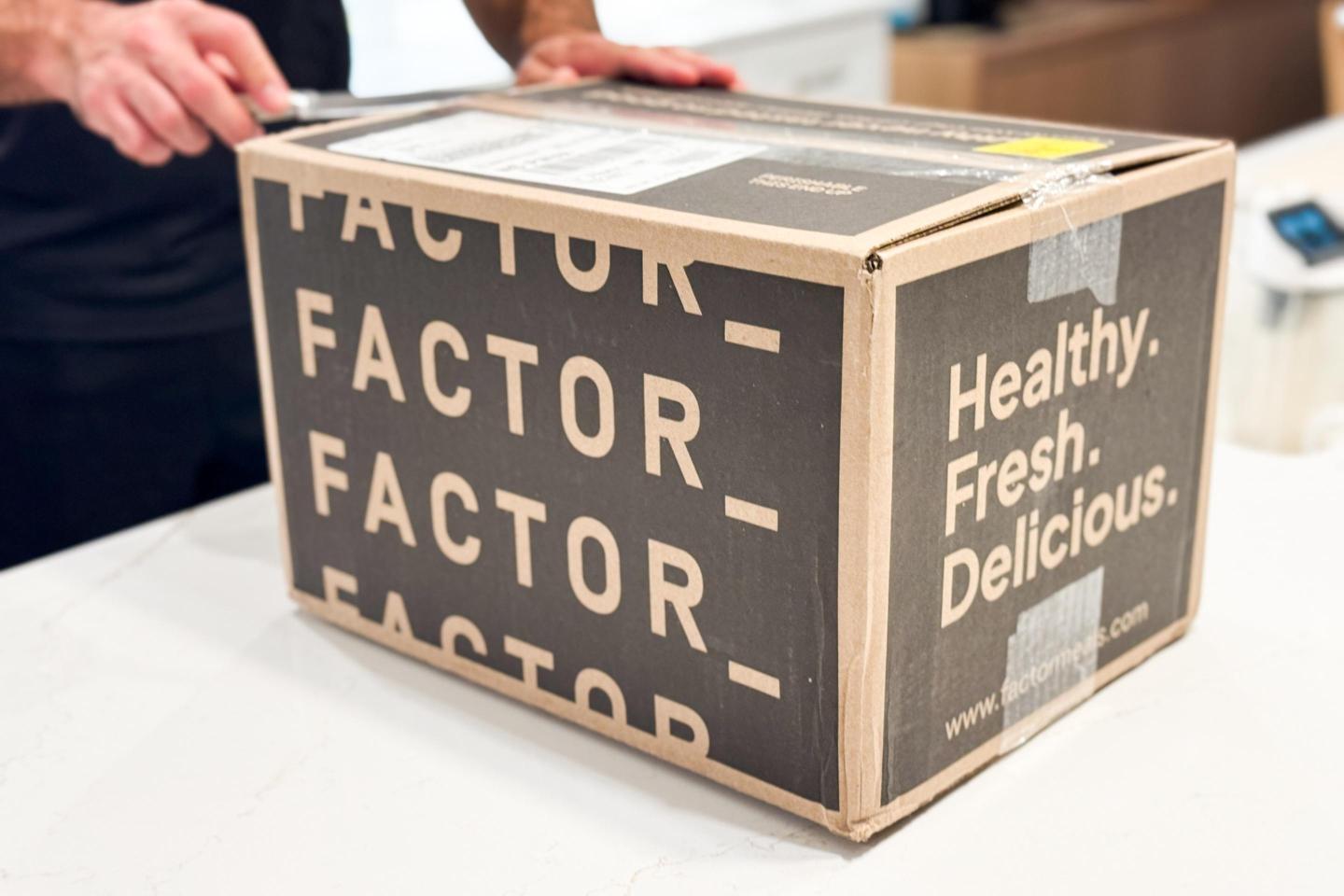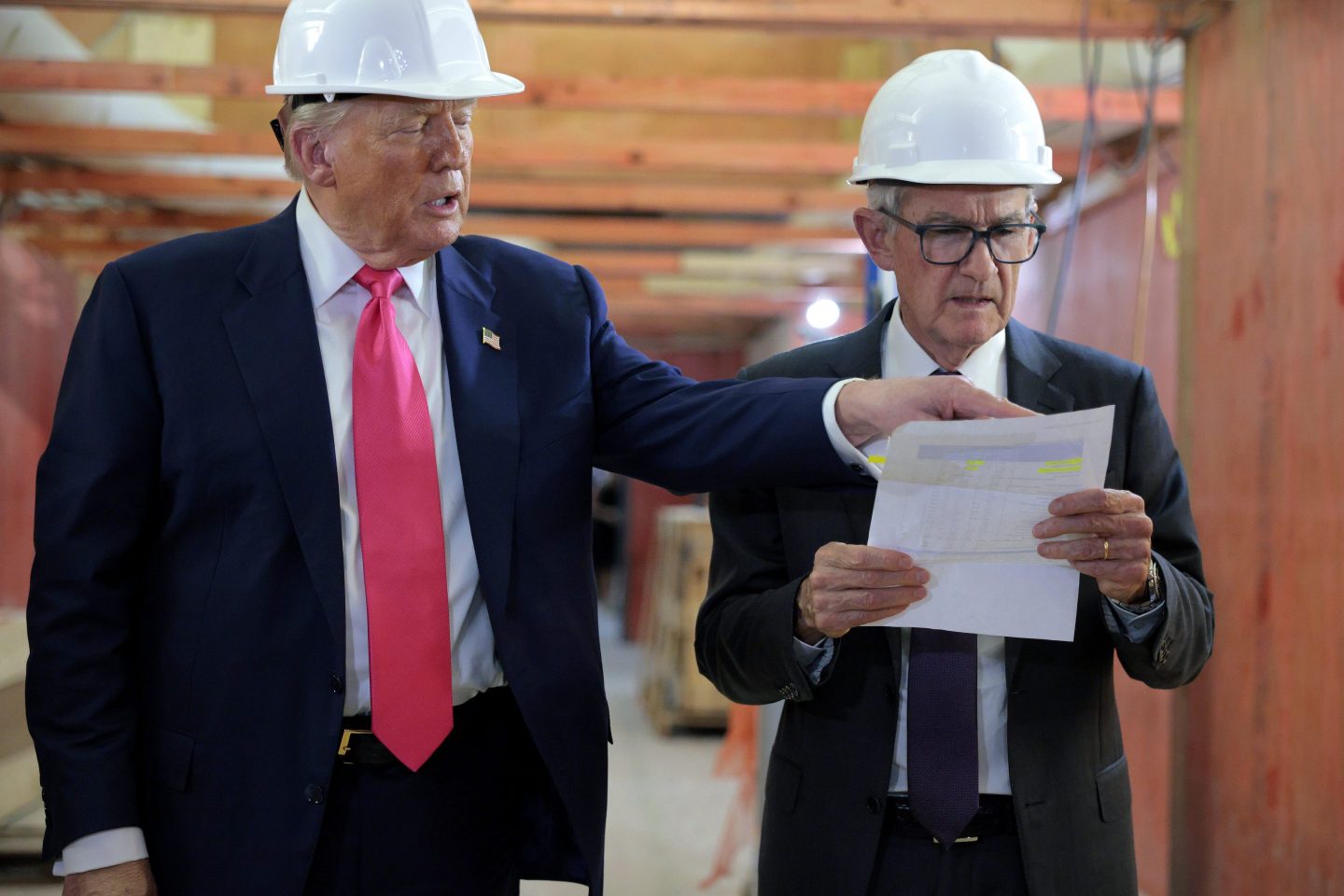In early 2020, life for Monica Mendiola, an eighth-grade history teacher in San Antonio, had just begun to settle down. She and her husband had gotten into the groove of parenting their one and a half year old daughter and had plans to expand their family in the future. Then the pandemic hit. On March 8, the couple went to a wedding where Mendiola was a bridesmaid. It was the last wedding they attended that year. Soon the spread of the coronavirus began shutting down cities all over the country and eventually Mendiola’s school. “It was a rough spring,” Mendiola said of the shift to remote learning. Many of her students were low income, and they relied on school as “a lifeline,” Mendiola said. “That’s the role that schools play in communities that have historically struggled. The fact that they couldn’t be there was really difficult for them.” But like millions of teachers around the country, Mendiola pressed on, teaching her classes online.
Then she circled back to the idea of expanding their family. Only this time, they wanted to adopt. “My husband and I just really care about each other, and the decisions we’ve made in our lives have been somewhat unconventional,” said Mendiola. “I’m white, he’s Filipino, we got married young at 24, had a kid by 25, and we lived by the mantra of jumping into the fog and taking risks because we have a lot of trust.” There wasn’t a singular moment in the pandemic that made the couple decide to adopt. Instead it was something they had always wanted to do: “My husband’s dad is an orphan from the Philippines. He never grew up with any family.”
For some, the start of a global pandemic and subsequent lockdown may have tamped down any thoughts of family expansion, but not for Mendiola. “During the pandemic if you didn’t get depressed you were abnormal,” she said. Planning to adopt “was a way to feel like we were doing something worthwhile in the midst of everything.”
But unlike many prospective adoptive parents who prefer to adopt babies, the Mendiola family decided they wanted to adopt an older child. “After a child turns 12 their chances of getting adopted from foster care drop significantly,” Mendiola said. The couple then began the process to get certified as foster parents.
According to data from the Children’s Bureau of the U.S. Department of Health and Human Services, as of September 2020 there were more than 407,000 children in foster care in the United States. About 20,000 of those children age out of foster care every year. Kristen Hamilton, director of communications for the National Council for Adoption, said the social costs for those children are great. “The likelihood that they will graduate high school goes down, only half are employed by age 24, more than half will be homeless and might experience unplanned pregnancies or have contact with the criminal justice system,” she said. “Permanent families make a huge difference.”
Early data indicates that adoptions slowed during the pandemic, Hamilton said. Though it is still unclear how much of that was the direct result of court closures leading to delays in processing cases or whether there were just fewer families willing to adopt, she noted. For those families who decided to move forward with foster care or adoptions the pandemic’s social distancing requirements presented unique challenges. “There were people doing home study visits on their front lawns,” Hamilton said. Some social workers were tasked with trying to make family evaluations over Zoom.
The state of Texas is facing its own foster care crisis. A July 2021 report from the Texas Tribune found an increasing number of foster children in the state have had to sleep in offices, churches, and hotels because of a lack of beds in licensed facilities. In June 2021, more than 400 children had spent at least two consecutive nights in an unlicensed facility, four times the number of children before the pandemic.
None of those challenges distracted the Mendiola family from moving forward. Once the couple were licensed they went to a local agency’s children’s shelter in San Antonio to find a child in need of a home. They chose a young Latino who was described as “inquisitive, interested in learning about science, history, and the world around him,” Mendiola said. Slowly the couple got more information about the boy they were interested in adopting, including his background, why he was removed from his home, and his medical history. “Each time they gave us some information they asked us if we still wanted to move forward,” Mendiola said. “And every time they asked we said yes.” It was in the midst of this process that Mendiola found out she was pregnant again.
March 2021 was the first time the family met their future adopted son. Everyone was nervous, Mendiola said, so they tried playing a board game to break the ice. It worked. “During the course of the game it became clear that our son is a really good sport,” she said. “It was very lighthearted. It was a really good sign that he was able to have fun and be relaxed.
“After he left, my husband and I looked at each other, and I cried,” Mendiola said. “It felt like I loved him already. I just really really hoped that he liked us.”
Potential adoptees have to consent to being adopted, and the Mendiolas got their wish. By early June he moved in with the family. The adoption was finalized in February. The 13-year-old is taking honors-level classes in the same school where Mendiola teaches. “He’s really good at math; he wanted to learn Japanese so he’s learning Japanese,” she said. With the adoption complete and the birth of their youngest son in the fall, the Mendiolas are now a family of five.
Never miss a story: Follow your favorite topics and authors to get a personalized email with the journalism that matters most to you.












